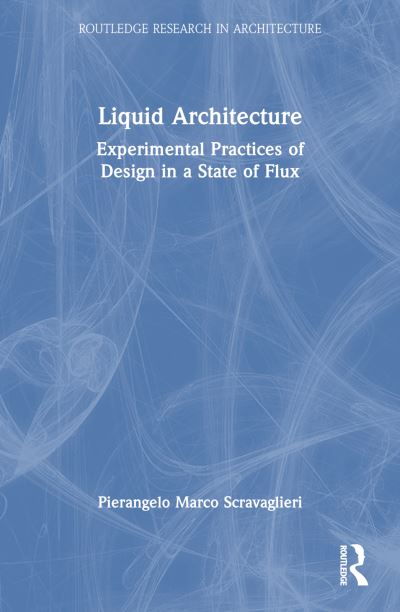
Liquid Architecture challenges the idea of architecture as a fixed, inert container and reconceptualises it as a body whose boundaries are rather blurred and ever-changing. This book moves away from form as the primary driver of spatial protocols and explores what the built environment might look like when viewed through the lenses of a 'wet ontology' that is attentive to fluidity, flows and territorial dynamism. A reconfiguration of architectural materials and authorship is thus considered, leading, in turn, to an exploration of the ethical dimensions of co-designing with natural systems (of various viscosities) through liquid paradigms.
The book examines a set of principles for practice-led discoveries that incorporate hybrid, mixed media with the author's intersubjective relationship with liquid matter. Drawing from qualitative-based analytical investigation models, the text allows comprehension of the liquid phenomena via material contextualisation of an ever-becoming research setting. Through a practical and theoretical engagement with the ontology of liquids, the reader is exposed to a range of design-led experiments and creative propositions, visualisation systems, construction, and testing of physical models that collectively translate into a series of novel insights for architectural agendas.
This book will be of interest to architecture and design research students and academics because it advocates the need for a more symbiotic and resilient approach to natural systems, which could benefit from the integration of regenerating material flows into our buildings and urban settlements.
| ISBN: | 9781032394565 |
| Publication date: | 6th May 2025 |
| Author: | Pierangelo Marco Scravaglieri |
| Publisher: | Routledge an imprint of Taylor & Francis |
| Format: | Paperback |
| Pagination: | 244 pages |
| Series: | Routledge Research in Architecture |
| Genres: |
Environmentally-friendly (‘green’) architecture and design Geophysics Climate change Urban and municipal planning and policy Landscape architecture and design Research methods: general Earth sciences Civil engineering, surveying and building |